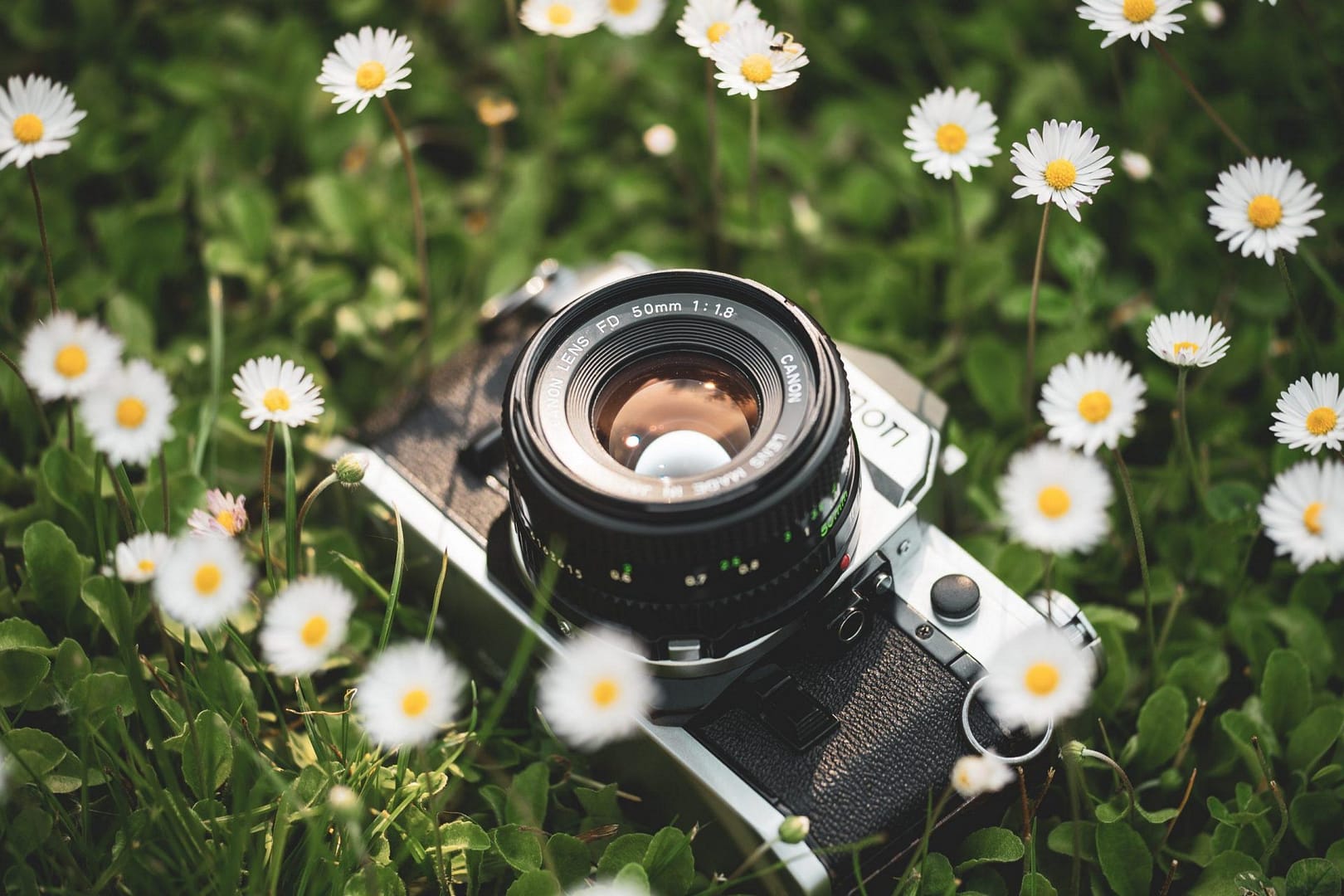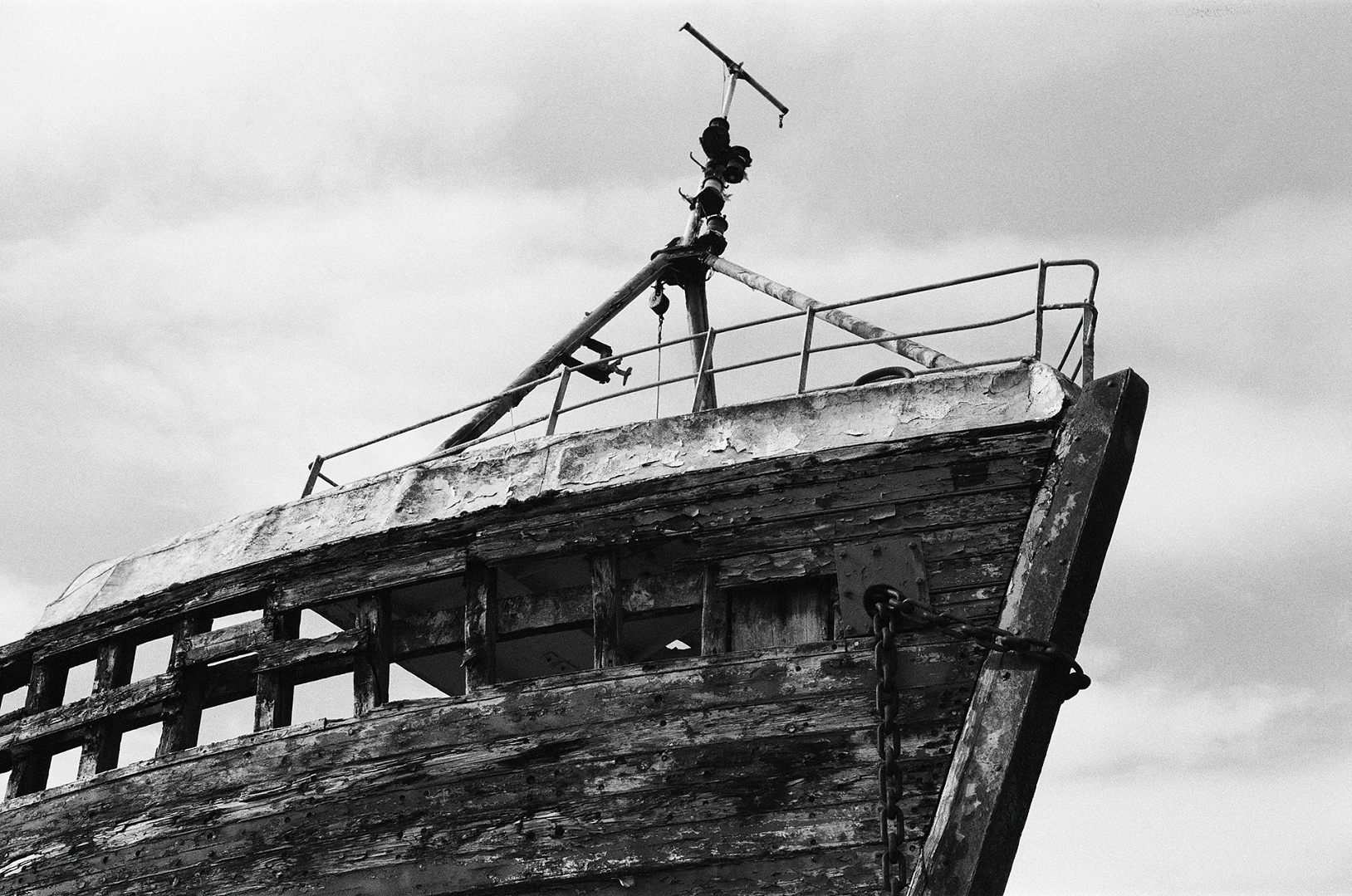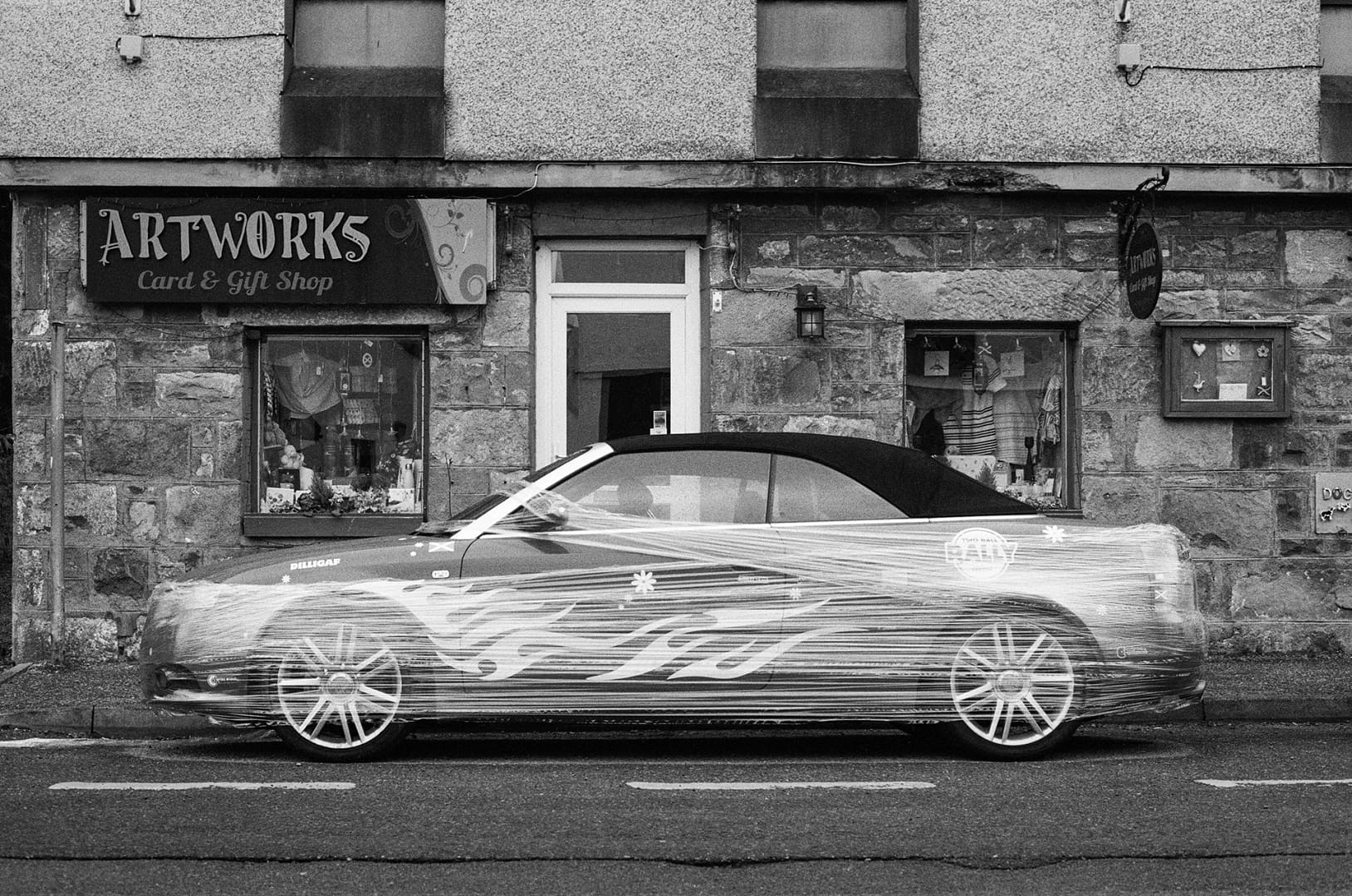Table of Contents
Canon AE-1 Photography Review
The Canon AE-1 Photography is a film camera SLR camera that was introduced in 1981 as an upgrade to the original Canon AE-1. It was produced until 1985 when it was replaced by the Canon T-series cameras.
What were the most significant upgrades introduced in the Canon AE-1 Program, and why did it gain a loyal following among both hobbyists and professionals?

The Canon AE-1 Program quickly became one of the most popular film camera of its time due to its advanced features and ease of use. It was designed to offer photographers a more versatile and customizable shooting experience, with a range of features that were not available on its predecessor.
One of the most significant upgrades introduced in the Canon AE-1 Program was the addition of a program auto-exposure mode, which allowed the camera to automatically adjust the aperture and shutter speed settings based on the lighting conditions. This feature made it easier for photographers to capture high-quality images without having to worry about manually adjusting the settings for each shot.
FD Lens Mount
The AE-1 Program is compatible with all Canon FD lenses, which were produced from 1971 to 1992. There is a wide variety of FD lens mount available, including both zoom and prime lenses. Some popular choices include the Canon FD 50mm f/1.4, the Canon FD 28mm f/2.8, and the Canon FD 70-210mm f/4.
Electronic Shutter
Another major improvement was the introduction of the electronic shutter, which allowed for more precise control over exposure times and made it possible to shoot at faster shutter speeds. The camera’s light metering system was also improved, with a wider range of sensitivity and better accuracy in low-light conditions.
Despite its many advanced features, the Canon AE-1 Program remained relatively affordable and accessible to amateur photographers. It quickly gained a loyal following among both hobbyists and professionals, and it remains a popular choice for film photographers today.
Although this Canon classic camera was eventually replaced by newer models, its legacy lives on. Many photographers still consider it to be one of the best film cameras ever made, and it continues to inspire new generations of photographers with its timeless design and advanced features.
The AE-1 Program is compatible with all Canon FD lenses, which were produced from 1971 to 1992. There is a wide variety of FD lenses available, including both zoom and prime lenses. Some popular choices include the Canon FD 50mm f/1.4, the Canon FD 28mm f/2.8, and the Canon FD 70-210mm f/4.
I choose to continue using my old trusty Canon AE 1 Program camera today because it holds a special place in my heart. This vintage gem has been my faithful companion on countless adventures, capturing timeless moments with its classic charm. One of the reasons I cherish this camera is the joy it brings me through the art of pushing and pulling film.
Film Speeds
Experimenting with different film speeds and adjusting exposures allows me to create unique and striking effects, a bit of a canon ae 1 review, adding an element of excitement and creativity to my photography. The process of pushing and pulling film offers a sense of nostalgia and satisfaction, reminding me of the rich history of analog photography. With my Canon AE-1 Program by my side, I can explore the art of photography in a way that digital cameras simply cannot replicate.
Canon AE 1 Film Camera Photos
My Canon ae-1 photos







What are the top 10 reasons for photographers to switch back to using 35mm film cameras instead of digital photography?
- The Look and Feel: Film has a unique look and feel that can be difficult to replicate with digital cameras. Film has a certain warmth and depth to it that many photographers find appealing.
- Learning and Developing Skills: Shooting film requires a different skill set than shooting digital. With film, you need to be more deliberate and methodical in your approach. This can help you develop your skills as a photographer and become more thoughtful about the images you create.
- Slowing Down: With film, you can’t immediately see the images you’ve taken, which can be a good thing. It forces you to slow down and be more intentional with your shots, rather than simply snapping away and hoping for the best.
- Tangibility: There’s something special about holding a physical print or negative in your hand, rather than just looking at images on a screen. It gives your work a tangible quality that is hard to replicate digitally.
- Cost-Effective: While digital cameras require ongoing investments in memory cards, batteries, and other accessories, film cameras require less upkeep and can be a more cost-effective option in the long run.
- Creativity: With film, you have a wider range of creative options. Different films have unique looks and characteristics, and you can experiment with different processing techniques to create one-of-a-kind images.
- Legacy: Film photography has a rich history and legacy that many photographers find appealing. By shooting film, you are participating in a tradition that goes back over a century.
- Limitations: Shooting film can force you to work within certain limitations, such as a limited number of shots per roll or a fixed ISO. While this may sound like a drawback, it can actually be liberating and force you to think creatively.
- Nostalgia: There’s something nostalgic about shooting film, especially for those who grew up with it. It can be a way to reconnect with a simpler time and create images that have a timeless quality to them.
- Community: Finally, shooting film can be a great way to connect with a community of like-minded photographers. Film photography has experienced a resurgence in recent years, and there are many online and offline communities dedicated to sharing knowledge and inspiration.
What are the different types of 35mm film that are compatible with the Canon AE-1 Program camera?
- Colour Film: Colour film captures a range of hues and tones in a single exposure, and is available in a variety of ISO speeds. Some popular brands of colour film include Kodak Portra, Fujifilm Pro 400H, and Kodak Ektar.
- Black and White Film: Black and white film has a classic, timeless look that can add depth and emotion to your images. It’s also available in a range of ISO speeds and can be processed using different techniques to achieve different effects. Some popular brands of black and white film include Ilford HP5 Plus, Kodak Tri-X, and Fujifilm Neopan.
- Slide Film: Slide film, also known as reversal or transparency film, produces positive images that can be viewed directly on a lightbox or projector. Slide film is known for its vibrant, saturated colours and is often used for landscape and nature photography. Some popular brands of slide film include Fujifilm Velvia and Kodak Ektachrome.
- Infrared Film: Infrared film is a specialized type of black and white film that captures light in the infrared spectrum, creating otherworldly and ethereal images. Infrared film requires special handling and processing, and is not commonly used.
- Experimental Film: There are many types of experimental film that can create unique and unpredictable results. For example, Lomography produces a range of films with different colour casts and effects, and the brand Revolog creates films with added textures and patterns.
When choosing a film type, consider your subject matter, shooting conditions, and the look you’re going for. Each type of film has its own characteristics and strengths, and experimenting with different types can be a fun and rewarding way to explore the medium.
Overall, film photographers continue to frequently utilise the Canon AE-1 Program because it is a dependable and capable camera. This article was written as a result of doing a canon ae-1 review following successful light seal replacement on my old trusty Canon. Images taken right after I changed all the light seals are included in another blog post. The outcomes are truly stunning, a canon classic camera. Although, I’m still on the look out for a canon ae 1 program manual!
FAQs
Is the Canon AE-1 good for beginners?
Yes, the Canon AE-1 is an excellent camera for beginners. It offers a user-friendly design and intuitive controls, making it easy to understand and operate. The AE-1’s semi-automatic exposure modes and built-in light meter provide assistance in capturing properly exposed photos, which is beneficial for those new to photography. Additionally, its popularity means that there is a wealth of resources, tutorials, and support available for beginners to learn and enhance their skills with this camera.
When did they stop making Canon AE-1 Program?
Canon officially discontinued the production of the Canon AE-1 Program in 1984. The camera enjoyed a long and successful run from its introduction in 1981 until its discontinuation. Despite being out of production for many years, the Canon AE1 Program remains a sought-after camera among photography enthusiasts due to its iconic status and reliable performance.
Is the Canon AE-1 full mechanical?
No, the Canon AE-1 is not a fully mechanical camera. While it does have some mechanical components, such as the shutter mechanism and film advance lever, it also features electronic components for its automatic exposure system. The electronic elements help to control the camera’s aperture priority and program exposure modes, as well as power the light meter. However, even if the camera’s batteries run out, it is still possible to use the Canon AE-1 in a manual mode with a fixed shutter speed.
Is the AE-1 Program better than the AE-1?
The AE-1 Program can be considered an improved version of the original AE-1, offering some additional features and functionality. One of the significant upgrades in the AE-1 Program is the introduction of the program mode, which automatically sets both the aperture and shutter speed for convenient shooting. The AE-1 Program also features a more advanced exposure system, allowing for greater control and flexibility in various lighting conditions. However, some photographers prefer the simplicity and manual control of the original AE-1, considering it to be a purist’s choice. Ultimately, the choice between the AE-1 Program and the AE-1 depends on individual preferences and shooting styles.





